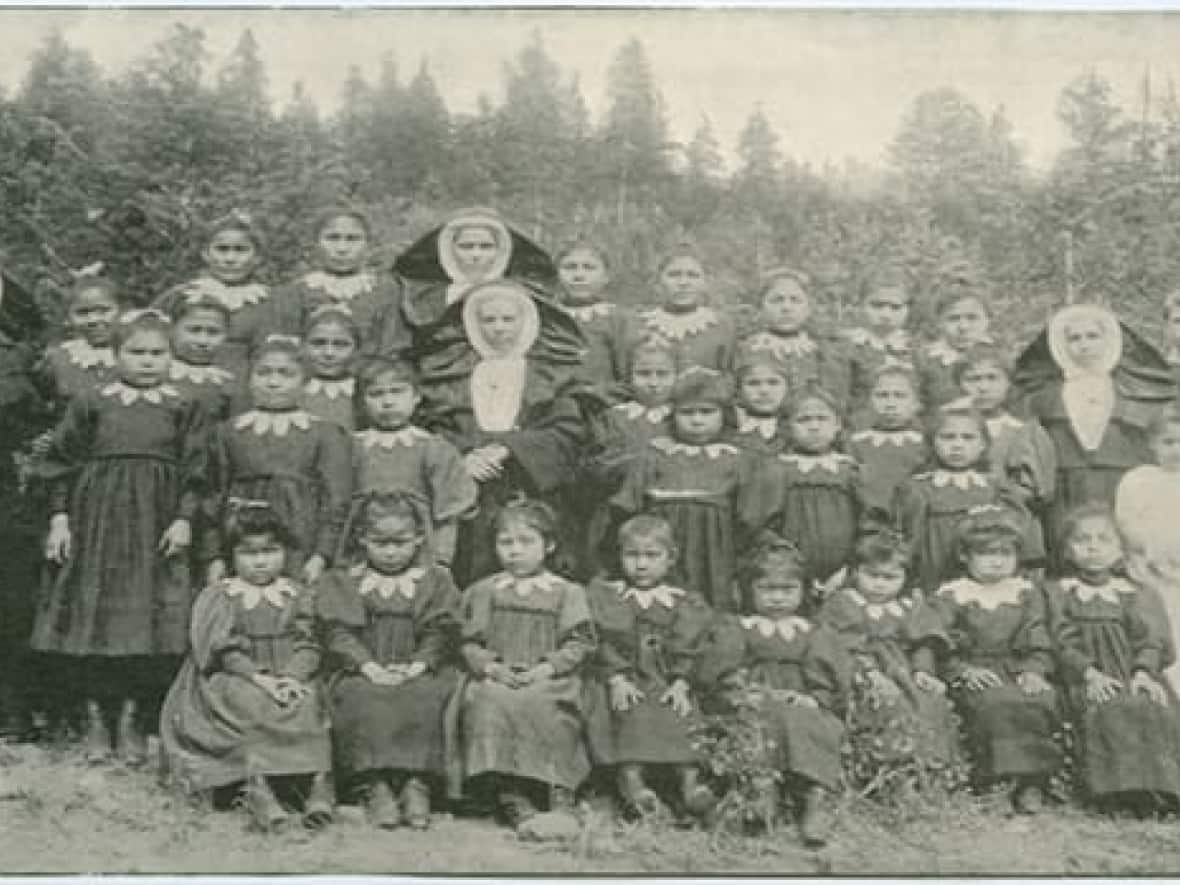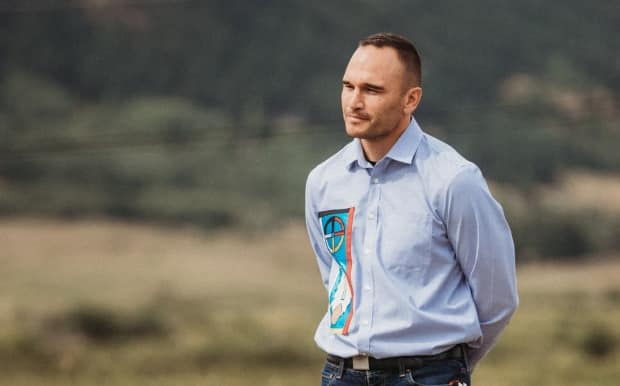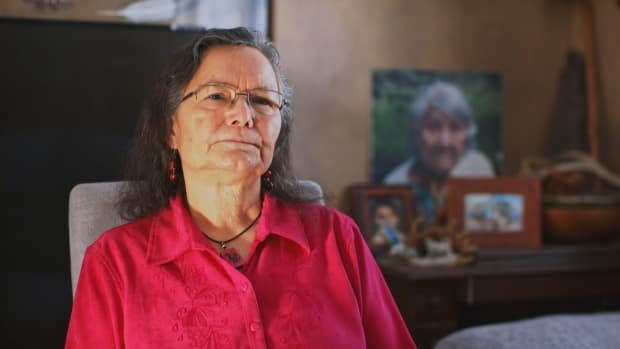93 potential burial sites found near former B.C. residential school

WARNING: This story contains details some readers may find distressing.
A survey of a small segment of the land surrounding a former B.C. residential school has identified 93 sites of "potential human burials," according to representatives of a nearby First Nation.
The chief and council of Williams Lake First Nation (WLFN) revealed on Tuesday preliminary findings of their investigation into St. Joseph's Mission Residential School and nearby Onward Ranch, based on a probe of 14 out of 470 hectares that have been identified as areas of interest.
Whitney Spearing, who led the investigation team, said the 93 sites were identified using ground-penetrating radar, along with aerial and terrestrial LiDAR (Light Detection and Ranging) sensors. She said some may be connected to a known historical cemetery, but 50 appear to have no association with it.
Spearing added that while the 93 sites show "reflections" that suggest human burials, the only way to confirm that would be through excavation.
WLFN Chief Willie Sellars described the findings as part of a "reawakening" for Indigenous people about the lingering traumas of the residential school system.
"This reawakening in Indian country has allowed us to start the process of healing," he said.
WATCH | B.C. First Nation identifies 93 potential burial sites found near former residential school:
WLFN launched the survey after last spring's discovery of potential human burial sites next to the former Kamloops Indian Residential School.
Sellars said that discovery "forced Canadians to acknowledge the reality of residential schools" and created unprecedented support for efforts to uncover the truth about the systemic abuses supported by the Canadian government, churches and the RCMP.
"There can be no reconciliation before there is truth," he said during a news conference.
Phyllis Webstad, who attended St. Joseph's as a child, described the findings as traumatizing but also validating.
"I have often thought of this day. How will our families and communities ever get through today and the days and years to come? I grieve for all who never made it — the children who never made it home and for survivors and their families who could not keep carrying the pain," she said in a written statement.
'The darkest recesses of human behaviour'
Many of the WLFN's members were forced to attend St. Joseph's, which opened in 1891 and operated until 1981. It began as an industrial school and later grew to include Onward Ranch, which was acquired in 1964 to sustain the school.
The vast majority of school buildings have been torn down since its closure four decades ago.
The First Nation's investigation over the last nine months has included archival research and extensive interviews with survivors, in addition to the geophysical work, Sellars said.
"This journey has led our investigation team into the darkest recesses of human behaviour," he said.
The team heard stories of disappearances, murders, systematic torture, rape and starvation of children, according to Sellars. There were accounts of children who were tied to boards and lashed, and newborn babies fathered by priests tossed into the school's incinerator.
Some members of the church's leadership, including Father Harold McIntee, were later convicted of sexual offences against the students.

Sellars said that there were reports of children disappearing from the school or dying on its grounds while it was still in operation, but those stories were "intentionally obscured" through destruction of records and cover-ups by governments, church authorities and police.
"Reports were at best given no credence," he said. "At worst there was something darker going on to suppress the truth."
Sellars also recounted the stories of Duncan Sticks, an eight-year-old boy who froze to death while trying to escape St. Joseph's in 1902, and Augustine Allen, a nine-year-old who died from ingesting hemlock in 1920 as part of a suicide pact with nine other children.
Survivor remembers 'atrocities'
Physical, emotional and sexual abuse of St. Joseph's students was also documented by the Truth and Reconciliation Commission of Canada.
Bev Sellars, who comes from a neighbouring community, was a student there from 1962 to 1967, after both her mother and grandmother were also forced to attend.
She says those five years, during which her language, culture and family were all torn away from her, were traumatizing.
"They took me there and tried to retrain me into being somebody that I was not," said Sellars.
WATCH | Learn about ground-penetrating radar:
She says it's important to bring to light what darkness happened at St. Joseph's.
"We need to make sure that Canada knows about these atrocities that happened at these schools," said Sellars.
In anticipation of distress caused by Tuesday's news, the Indian Residential School Survivors Society says it has brought in extra staff who will be working all night to provide support to survivors who need it.
"One thing that we're just going to be watching for, I think, is just making sure that each and every person that reaches out makes a real live connection," executive director Angela White said.

The society's support services can be reached by phone at any time by calling 1-800-721-0066.
It is estimated that more than 150,000 children attended residential schools in Canada from the 1830s until the last school closed in 1997.
The National Centre for Truth and Reconciliation (NCTR) estimates about 4,100 children died at the schools, based on death records, but has said the true total is likely much higher. The Truth and Reconciliation Commission said large numbers of Indigenous children who were forcibly sent to residential schools never returned home.
Last week, the federal government announced it will transfer thousands more documents related to residential schools to the NCTR in Winnipeg.
Crown-Indigenous Relations Minister Marc Miller said a new agreement with the centre outlines how and when the documents will be sent so the organization can make them available to residential school survivors.
Support is available for anyone affected by their experience at residential schools, and those who are triggered by the latest reports.
A national Indian Residential School Crisis Line has been set up to provide support for former students and those affected. People can access emotional and crisis referral services by calling the 24-hour national crisis line: 1-866-925-4419.


